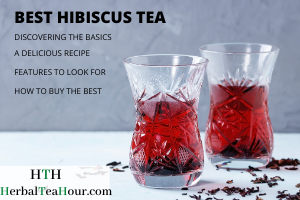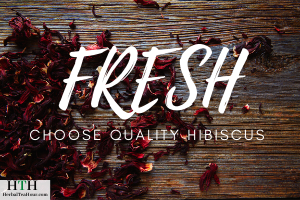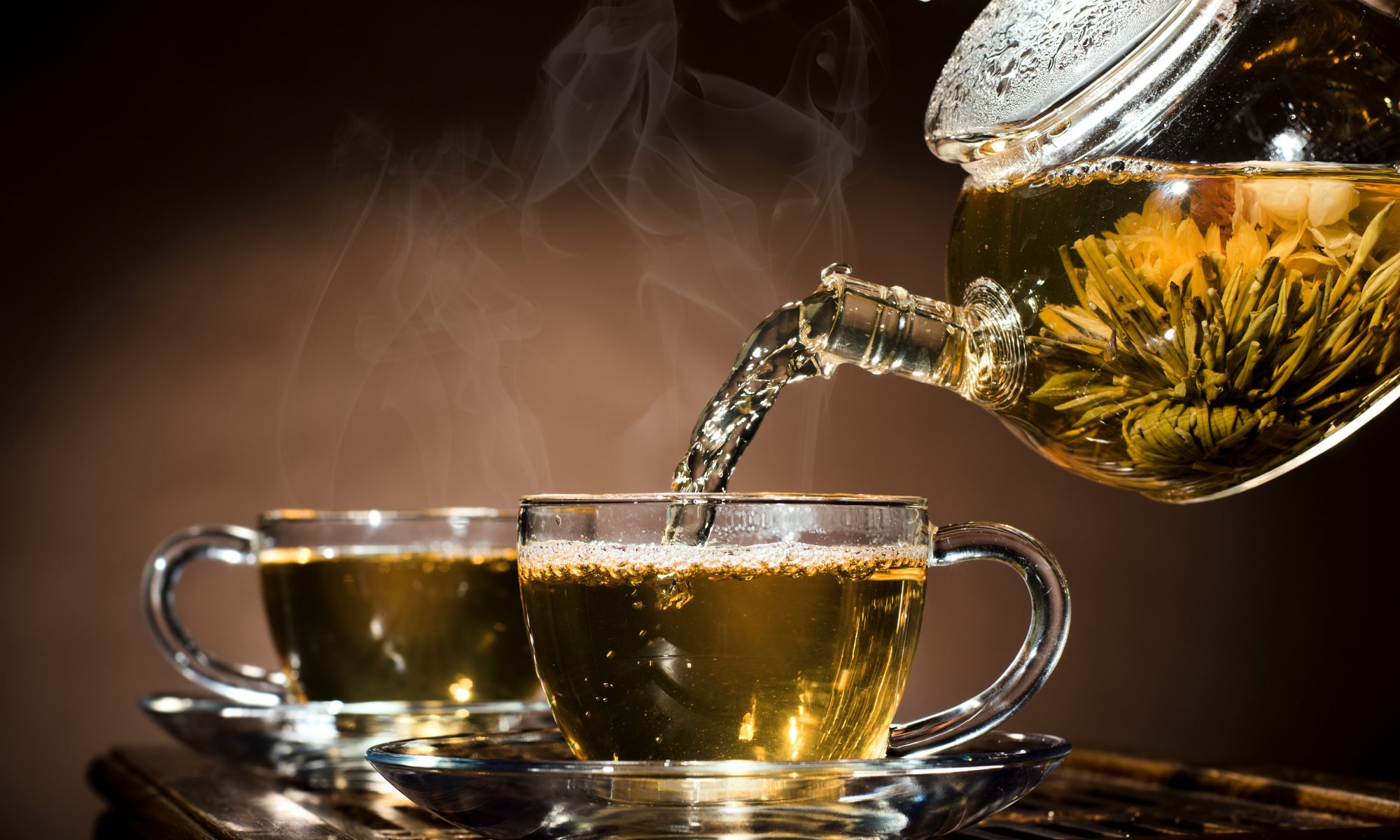HEALTHY HIBISCUS TEA | INTRO
Skip Ahead To:
The Hibiscus Tea is more popular than ever before. With immense health benefits and great taste, it’s easy to see why. For this reason, most people now crave for the taste of this herbal tea. If you feel that way, you’d probably want to know all about hibiscus tea. You’d probably also want to know the best hibiscus tea you can buy. Not to worry! This article will discuss that and even more.
To allow you to understand this article better, I’ve taken the time to break it down into various important sections. First, I am going to start with the basics of hibiscus tea and some fun facts about this herbal tea.
Next, I provide some of the best products to buy if you want to get some of the best hibiscus tea around this year. I’ll also provide you with some interesting features you should look out for in any hibiscus tea. This is in addition to the benefits and drawbacks of each product. I hope to link you with one of my favorite hibiscus tea.
I’d also be giving my two cents about the best hibiscus tea listed and what I enjoyed about each of them.
Looking for the right way to make the hibiscus tea? I’ve created checklists to help you figure this out pretty quickly. Also, a short recipe should help you master the instructions faster.
So if you’re ready like I am, let’s begin our fun journey together!
If you’re concerned about consuming the best hibiscus tea, feel free to check out my post about the Negative Side Effects of Hibiscus Tea.
Please note: This post contains affiliate links. An affiliate link means that we may earn advertising/referral fees if you make a purchase through our links.
BEST HIBISCUS TEA | GUIDE

Discovering the Basics of Hibiscus Tea
Please Note: As an Amazon Associate, I earn from qualifying purchases.
You may think that the hibiscus flower has a colorful past (no pun intended), but you will be amazed at the power unlocked from using it in an herbal tea. The hibiscus team is often described as a mixture of calyces and crimson to form its unique taste. Mostly revered in Africa and most parts of Asia where it originates from, the hibiscus is a popular herbal tea.
Did you know that the hibiscus tea is known by different names depending on the part of the world you come from?
For example, in countries like Australia, hibiscus tea is known as Rosella. In sub-Saharan Africa such as Nigeria, the hibiscus tea is called Zobo. If you live in the United States, you’d probably call it Jamaica.
In most places, it’s often consumed for the medical benefits it provides as well as its taste. Its appearance is also determined by the country or region. For example, you are probably likely to find this herbal tea in tea bags in America than in Africa.
Buy Quality Hibiscus Tea

Since this is arguably the most important portion of this post, I wanted to go into detail about choosing the best ingredients for hibiscus tea. Many of these details can be attributed to personal preference, so always remember to go with your unique taste.
Loose Leaf Hibiscus Tea vs Hibiscus Tea Bags
If you have read any of my previous product reviews, you know how I feel about tea bags versus loose leaf tea. For new readers, I will summarize it by saying this:
As a general rule, if you care about quality, go with loose tea over tea bags. Quality tea bags do exist, but their primary benefit is convenience and speed. I like to take the time to enjoy my herbal tea, so I rarely ever drink herbal tea bags. If you do decide that tea bags fit your personality more, you will not get any judgement from me. I will actually help by providing both options, and I encourage everyone to try multiple brands to decide for themselves.
We are currently updating this section with the most accurate information. Come back soon for product listings.
A Simple Recipe for Delicious Hibiscus Tea
It is important to remember that hibiscus which is the main ingredient when making this tea is derived from various species. The Hibiscus Syriacus, which has the nickname the Rose of Sharon, is known to be poisonous to our furry friends including dogs. Dogs that consume the variety mentioned above may experience an upset stomach, and it may lead to vomiting. Please keep your pets safe and do not let them consume hibiscus; I wouldn’t want to clean up that mess!
Making the best hibiscus tea is a pretty straightforward process, and this recipe will make it even easier for you. To make the learning process seamless, I’ll break it down into ingredients that are needed to make hibiscus tea and the required amounts. Then I’ll discuss how they should be applied and when.
Ingredients for Delicious Hibiscus Tea – 1 Serving
- Dried Hibiscus Flowers (2 Teaspoons) or a Tea Bag
- Water (1.5 Cups ~ 12 fluid ounces)
- Sugar or any other natural sweetener to taste (I also like to use honey)
- Other optional ingredients include Mint Leaves, Cinnamon Sticks, or Lemon/Lime Juice
Detailed Instructions
- Begin by bringing 1.5 cups of water to a low boil in your favorite boiling pot
- While you are waiting for the pot to boil, use your awesome herbal teapot by placing 2 teaspoons of dried Hibiscus Flowers. If you prefer stronger herbal teas, you can add more to suit your palate. More flowers make the tea darker and more flavorful.
- By now, your water should be nearly reaching the appropriate low boil. When it’s ready, carefully remove the pot from heat and slowly pour the hot water over the dried hibiscus and into the herbal teapot. Be very careful with this step, you do NOT want to burn yourself (I’m talking to you, Tracy)!
- Allow the wonderful mixture to steep in the herbal teapot for ~ 5 minutes. If you would like to add mint leaves, I recommend adding them in with the hibiscus for the last ~ 1 minute of steeping. I did a recent informal survey, and found that many people are impatient and do not allowing these delicious teas to steep for the appropriate amount of time. Don’t be naughty! Take your time and do it right, and you will be rewarded.
- The tea should turn to a brilliant red color which will become more rich over time. As the mixture approaches the end of the 5 minute steeping period, prepare your teacup(s) and any other optional ingredients. Then, carefully pour the liquid from your herbal teapot into the teacup. It is now hibiscus tea! Add the sweeteners to taste (I use 1 tsp honey) and any other optional ingredients. Carefully sip and adjust with additional sweeteners to taste. Enjoy!
If you are interested in more ways to create this wonderful beverage, check out my post dedicated to Hibiscus Tea Recipes.
CONCLUSION
Many of us have attempted to grow the hibiscus flower in our gardens, but I hope that this post has helped you unlock and learn more about the amazing powers of this wonderful tea. You should be well on your way to making a delicious cup by utilizing high-quality hibiscus tea ingredients mentioned above and following the simple recipe that is tried and true.
Comments
As we’ve mentioned several times on HTH, we’ve built this resource for all of our herbal tea brothers and sisters located around the world. Your comments and feedback are so very important to us, and they help in several ways. They keep me motivated to keep providing useful content, and they enhance the community by adding your unique perspective and rich experiences.
Please let me know any questions or comments you have regarding this post or Hibiscus Tea in general. Have you tried hibiscus tea? How did you like it? Is there info you feel is missing from this article?
A sip for you and a bigger sip for me,
Brandon




